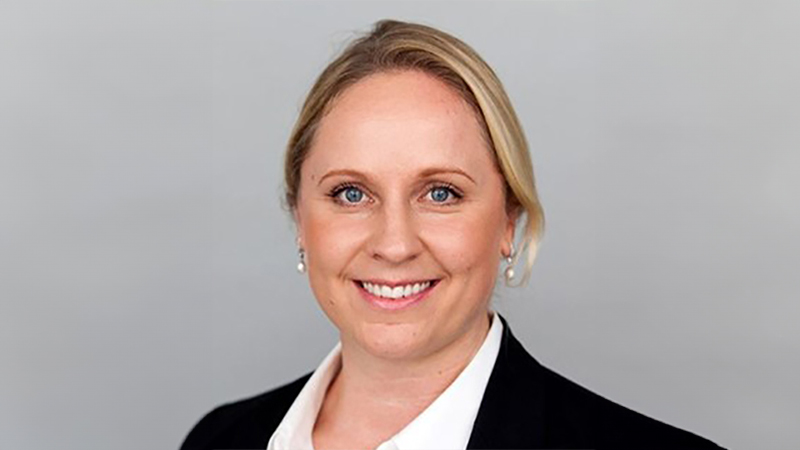Active fees
“Fund managers should be as transparent as possible about their active share, for example by publishing a rolling one-year average rather than just a monthly snapshot,” says Rishma Moennasing , an equity fund analyst at Rabobank in the Netherlands. Arild Orgland, managing partner at the Norwegian wealth management firm Industrifinans, agrees: “It’s much more interesting to see how active share develops over time. Fund managers could for example publish a graph showing their active share over a certain time period,” he says.
Morningstar’s Schumacher believes active share transparency will increase over the coming years, following the recent spotlight cast on closet trackers, funds that pose as active while they are in practice closely following their benchmarks. “The discussion about index hugging will encourage fund managers to be more vocal about their active share,” he says.
But according to Martijn Cremers, the Dutch scholar who first introduced the concept of active share in a paper he wrote with Finnish colleague Antti Petajisto back in 2009, just publishing active share could produce a misleading picture. That’s because active share should always be seen in connection with costs.
“Nothing is wrong with low active share, as long as fees are low,” says Cremers. “But a low active share creates a higher hurdle for your active positions. For example, if you have an active share of 50% and costs of 100 bps, your active positions need to outperform by 200 basis points to rival the benchmark return. Showing this sort of figure, which you could call the ‘active fee’, helps investors assess the fees being charged for a fund.”
While this sort of transparency is probably a bridge too far for most fund managers, as it would perhaps focus too much on the cost of active management, the industry is undoubtedly headed in the direction of increasing openness. Active share is just one aspect of this transparency drive, albeit an important one, as fund selectors care deeply about it. Those managers who still keep their clients in the dark about how active they really are would therefore do well to follow in the footsteps of those who have started removing the smoke screens. And those companies that already are further down the path of transparency should continue to think of additional ways to improve.










